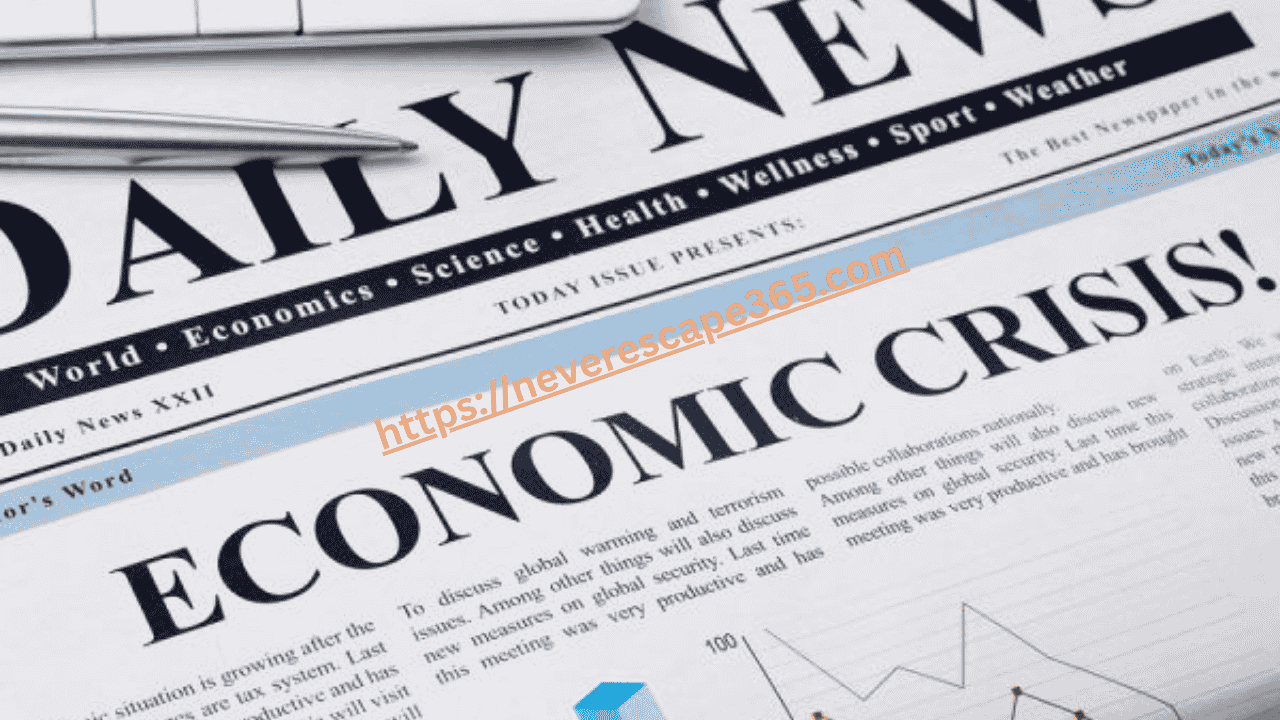🌐 Global Economic Overview
According to the latest reports:
- Global growth is projected at 2.3–2.4% for 2025, making this the slowest non-recession growth year since 2008 and the weakest start to a decade since the 1960s as per World Bank’s report.
- The IMF’s latest outlook shows downward revisions to 2.8% growth in 2025, from 3.3% in January—driven by trade tensions and policy uncertainty ([mint][2]).
- Trade growth is forecasted to fall to just 1.7–1.8%, down from 3.8% in 2024, hampering export-led economies .
⚠️ Core Global Challenges & Risks
- U.S. Trade Shock & Tariffs
Tariffs have surged to levels unseen in decades, escalating volatility and disrupting global supply chains. If further hikes occur, advanced economies could see virtually zero growth ([Financial Times][3], [mint][2]). - Economic Discipline & Fragility
Financial markets remain edgy amid political interference (e.g., U.S. Fed scrutiny), high debt loads, and weak productivity growth ([Reuters][4]). - Economic Reforms Needed
Global institutions like the IMF and World Bank urge multilateral action to address trade imbalances, financial instability, and climate-economic risks ([The Wall Street Journal][5]).
🌍 Regional & Country-Level Crises
🇩🇪 Germany
- Germany is in a multi-year economic crisis, with stagnant or negative growth since 2023.
- A recession in 2025 is possible, especially if proposed U.S. tariffs take effect, potentially wiping out projected growth (~0.7% in 2026) ([Economic Analysis and Policy Division][6], [Reuters][7]).
🇮🇷 Iran
- Iran faces its worst economic collapse in modern history: inflation exceeding 40%, currency devaluation, and up to 50% poverty rates. Social unrest and strikes are widespread ([Wikipedia][8]).
🇮🇳 India
- India experienced a stock market crash in early 2025, driven by global uncertainty, capital outflows, and weak exports.
- Equity markets remain under pressure, with Sensex & Nifty down amid global volatility ([Wikipedia][9]).
📊 Macro Indicators at a Glance
| Region/Economy | 2025 Projected Growth | Key Issues |
|---|---|---|
| World (Global Average) | ~2.3–2.4% | Trade shocks, policy uncertainty |
| Advanced Economies | ~1.3–1.4% | Weak investment, slowing private sector |
| Emerging Markets | ~3.8–4.0% | Lower trade flows, rising debt |
| Germany | Negative / zero-growth | Energy transition delays, export risks |
| Iran | Crisis | Inflation, sanctions, social unrest |
| India | Slowing | Market crash, export dependence |
🧭 Outlook & What to Watch
- Recession fears are receding: IMF and World Bank do not expect a global recession in 2025, though risks remain elevated—especially from trade escalation ([mint][2], [United Nations][10], [Wikipedia][11], [Wikipedia][8], [Business Insider][12]).
- Investor confidence is recovering: Bank of America fund manager surveys show optimism with equity and AI interest rebounding ([Business Insider][12]).
- Policy uncertainty looms large: U.S. leadership volatility and trade policies continue to weigh on markets and undermine global coordination .
- Multilateral action urged: Global bodies push for IMF-led cooperation, tariff stabilization, and fiscal resilience tests to restore economic stability ([Reuters][4]).
🔍 Final Takeaway
The world isn’t in outright recession—but it’s limping through the weakest growth cycle in decades. Trade wars and high uncertainty have sapped momentum across economies, with major risks concentrated in Germany, Iran, and export-reliant nations like India. Strong coordination, reform, and easing tensions are vital to avoid sliding deeper into stagnation.
global economic crisis 2025, world economy update, 2025 recession, economic collapse, global recession, IMF warning 2025, World Bank report 2025, Germany economic crisis, Iran inflation, India stock crash 2025, US trade war 2025, global financial instability, global growth slowdown, 2025 economy forecast, economic news today, inflation 2025, trade war impact, global economic challenges, economic breakdown 2025








Leave a Reply